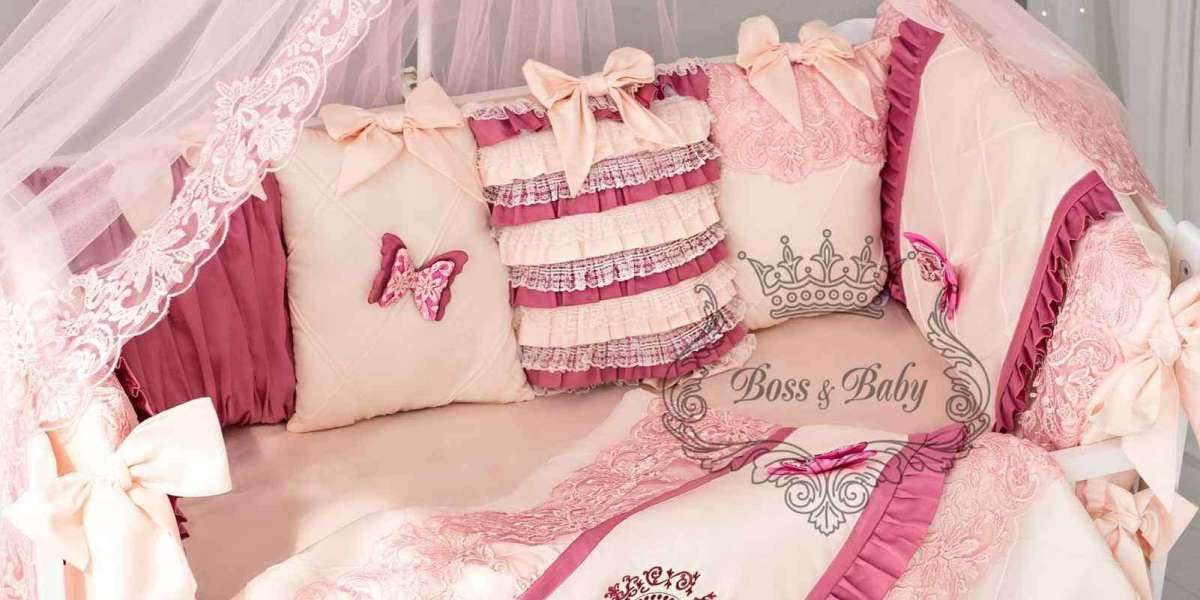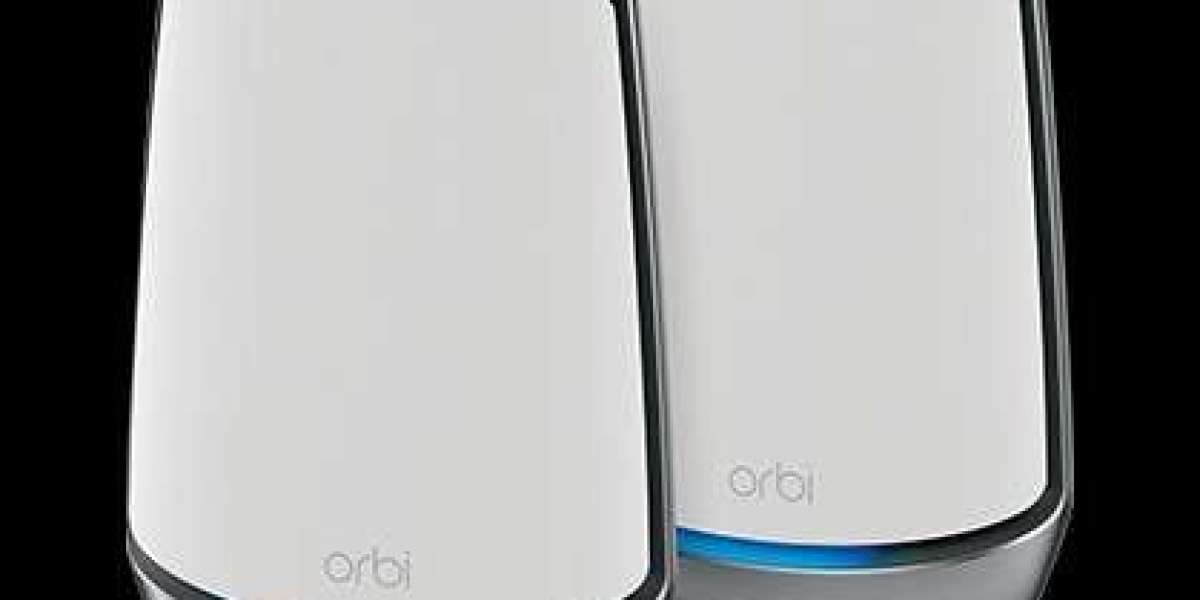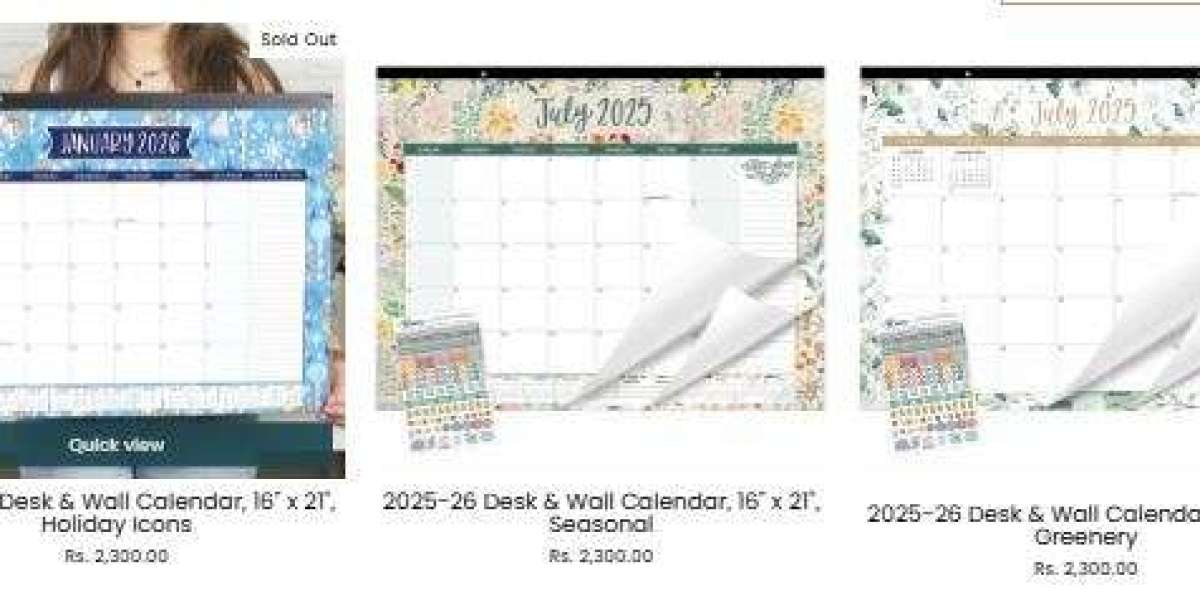For modern, on-the-go families, life doesn't stop when a new baby arrives. Whether it's a visit to the grandparents, a weekend getaway, or simply needing a safe nap space in different rooms of your own home, a portable newborn bed can seem like an essential piece of gear. These convenient, lightweight beds promise a familiar and secure sleep environment for your baby, no matter where you are.
However, the market for these products is vast and includes items with widely varying levels of safety. It's a space where convenience can sometimes overshadow critical safety standards. This definitive guide will help you navigate the options, distinguishing between the truly safe choices and the popular products that come with serious warnings from pediatric experts. Our goal is to ensure that when you're away from the nursery, your baby's sleep remains as safe as it is at home.
The Non-Negotiable Rules of Safe Sleep—Anytime, Anywhere
Before we explore specific products, it is crucial to understand that the rules of safe sleep are universal. They apply to a stationary crib, a portable bassinet, and any other sleep surface. The American Academy of Pediatrics (AAP) guidelines are your steadfast benchmark for safety.
A Firm, Flat Surface is Mandatory: This is the most important rule. A baby must always sleep on a surface that is firm, flat, and does not indent or incline. Soft, angled, or cushioned surfaces significantly increase the risk of suffocation and SIDS.
"Bare is Best" Still Applies: The portable sleep space must be completely empty. This means no pillows, no loose blankets, no bumpers, no positioners, and no soft toys. Use a wearable blanket (sleep sack) for warmth.
Back to Sleep, Always: For every single sleep, whether it's a 20-minute nap or a full night's rest, your baby must be placed on their back.
No Gaps or Soft Sides: The sides of the sleep space should be breathable (like mesh) and there should be no gaps between the mattress and the sides where a baby could become entrapped.
Safe & Approved Types of Portable Newborn Beds
When you are looking for a portable bed that is approved for "safe sleep" (meaning unsupervised sleep, like overnight), your choices fall into a few specific categories.
1. The Play Yard (also known as a Travel Crib or Pack 'n Play)
This is arguably the most versatile and widely recommended option for portable infant sleep. A play yard is a sturdy, enclosed playpen that often comes with a removable bassinet insert designed for newborns.
Pros:
Unmatched Safety Record: When used correctly, play yards that meet current CPSC (Consumer Product Safety Commission) standards are one of the safest portable sleep options.
Longevity and Versatility: It's a multi-stage product. You can use the bassinet insert for the newborn stage, and once the baby outgrows it, the main play yard serves as a safe sleep and play space for infants and toddlers.
Travel-Ready: They are specifically designed to be folded compactly into a travel bag, making them perfect for car travel and flights.
Cons:
Bulky and Heavy: Even when folded, they can be heavier and take up more space than other options.
Crucial Mattress Rule: You must only use the mattress/pad provided by the manufacturer. Adding a separate, softer mattress creates dangerous gaps around the edges and poses a serious suffocation risk.
2. The Portable Bassinet
These are smaller, lighter versions of a standard bassinet, designed specifically for easy transport. They offer a dedicated sleep space for newborns and young infants.
Pros:
Lightweight and Compact: They are much easier to carry and set up than a play yard, making them ideal for moving from room to room or for shorter trips.
Convenient Height: The elevated surface means you don't have to bend all the way to the floor to pick up your baby.
Clear Safety Standards: True portable bassinets are regulated as safe sleep spaces and will state that they are approved for overnight sleep.
Cons:
Short-Term Use: Like all bassinets, babies outgrow them quickly, usually once they hit the weight limit (typically 15-20 lbs) or can push up on their hands and knees.
Variability in Features: Look for models with sturdy legs, breathable mesh sides, and a simple, flat mattress.
A Critical Warning: The Dangers of "Nests," "Pods," and "In-Bed Sleepers"
You have almost certainly seen popular products marketed as "infant loungers," "nests," or "docks." These are soft, cushioned pods with raised, bumper-like sides. They are often shown with babies sleeping soundly in them, placed on a floor, sofa, or even in an adult bed.
The AAP and CPSC have issued clear and urgent warnings against using these products for infant sleep.
Why are they dangerous?
Soft Surfaces: The padding is soft, not firm, increasing the risk of suffocation.
Padded Sides: The bumper-like sides pose a suffocation risk if a baby turns their face into them.
Not a Flat Surface: They do not meet the criteria for a safe, flat sleep space.
These products are not regulated as infant sleepers. They are intended only for supervised, awake time under the direct and constant observation of a caregiver. Never, ever let an infant sleep in a lounger, nest, or pod. Choosing a play yard or a true portable bassinet instead is a critical safety decision.
Buyer's Checklist: What to Look for in a Portable Newborn Bed
When you're ready to choose, use this checklist to ensure you're prioritizing safety:
✅ Is it Marketed for Sleep? The product packaging and manual should explicitly state that it is a "crib," "bassinet," or "play yard" and is approved for overnight or unsupervised sleep. If it's called a "lounger," "nester," or "positioner," it is not safe for sleep.
✅ Check for JPMA Certification: Look for a seal from the Juvenile Products Manufacturers Association (JPMA). This indicates the product meets current safety standards.
✅ Firm, Flat Mattress: Test the mattress. It should be thin, firm, and fit perfectly with no gaps.
✅ Breathable Mesh Sides: Look for designs that incorporate plenty of mesh for maximum ventilation and visibility.
✅ Sturdy and Stable Frame: The bed should not wobble or feel like it could tip over easily.
✅ Ease of Use: Consider how easy it is to set up, break down, and carry. Read reviews to see what other parents say about its portability in the real world.
Conclusion: Safe Sleep, Wherever You May Be
A portable newborn bed can be an invaluable tool for a busy family, providing a consistent and safe sleep space for your baby on the go. However, this convenience must never come at the cost of safety. By ignoring trendy but dangerous products like sleep pods and instead choosing a CPSC-approved play yard or portable bassinet, you are making a crucial decision to protect your child.
Always fall back on the golden rules: a firm, flat, and bare surface is the only safe space for your baby to sleep. By making an informed choice, you can enjoy the flexibility a portable bed offers while resting assured that your little one is sleeping soundly and, most importantly, safely.



